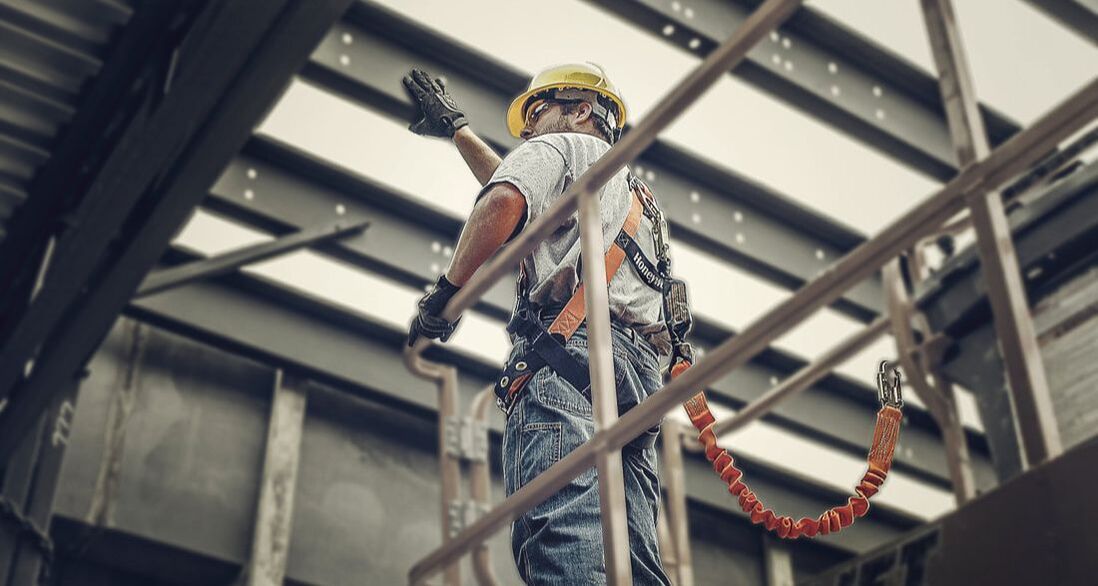A glimpse into the ABCs of fall protection
June 7, 2022
By Honeywell for the Blue Print Editorial Team
By Honeywell for the Blue Print Editorial Team
|
When thinking about fall protection, harnesses are not the only thing that should be taken in consideration. Harnesses can prevent falls only if they are used correctly and in conjunction with the other fundamentals of fall safety.
Bob Wengryn, Regional Fall Protection Safety Specialist for Honeywell, discussed the ABCs of fall safety during a Honeywell-hosted webinar and explained how a well-thought out fall protection system can save lives. In a top three of workplace fatalities, falls come second. But they don’t have to. There’s a lot to be done about falls and it all comes down to understanding the fundamentals of fall protection and how they can function only as a system, not on their own. For the Honeywell expert, the ABCs of fall protection are the Anchorage Point, Body Wear, and Connectors. Bob Wengryn explains that each of these elements has to be addressed when working four feet off the ground, and anytime a hazard exists. This means that even if you are working at ground level, if there is a risk of falling in a manhole, that’s a potential fall hazard and it needs to be addressed. When addressing fall hazards, you have four options, Wengryn says.
When the first three are not possible, safety comes down to personal fall protection. The Fall Protection specialist says, “Personal fall protection is not a harness. All three components are equally important. If you take any of them away, none of them work.” So, consider establishing an anchor point, putting on a harness correctly and connecting it to the anchor point, for effective protection. A. When you're looking to establish an anchor point, look for things that are structural, like beams, columns, channels, floors, roof trusses. Avoid things like conduit, PVC pipe, light cross bracing, power lines, fences, handrails, or suspended ceilings. Or, you have the option to install a horizontal lifeline, just as long as you install it correctly. This means, for Wengryn, accounting for three things:
Honeywell has several solutions for permanent or temporary anchor posts and horizontal lifelines. One of them is literally in a waterproof bucket. It’s an in-line system shock absorber which reduces forces. It has 60 feet of Marine grade rope and can be used by two people. B. For body wear, there’s a variety of harnesses, in different colors and materials. For harnesses to be able to do their job as they were designed to, what’s important is to inspect them visually before every wear and to put them on properly. Check for burns, tears, fading, grommets pulled out, buckles rusted or corroded. Says Wengryn, “when in doubt, throw it out.” C. Lastly, when it comes to connecting anchor points to the body wear, the Honeywell expert discussed two options, a shock absorbing lanyard and a self-retractable lifeline (SRL). Whereas lanyards are connected to a fixed anchor point and can arrest a worker’s fall, SRLs connect to fixed anchor points, typically overhead, and have an internal braking mechanism which slows and eventually stops a worker’s fall. Choosing one or the other depends on the job type, fall clearance and whether leading edge work is involved or not. Read more about calculating your fall distance here. Listen to Honeywell's webinar to also learn more about:
Vertical Divider
|
Like what you're seeing here? Subscribe to the Blue Print for FREE and get the magazine sent right to your address.
|


